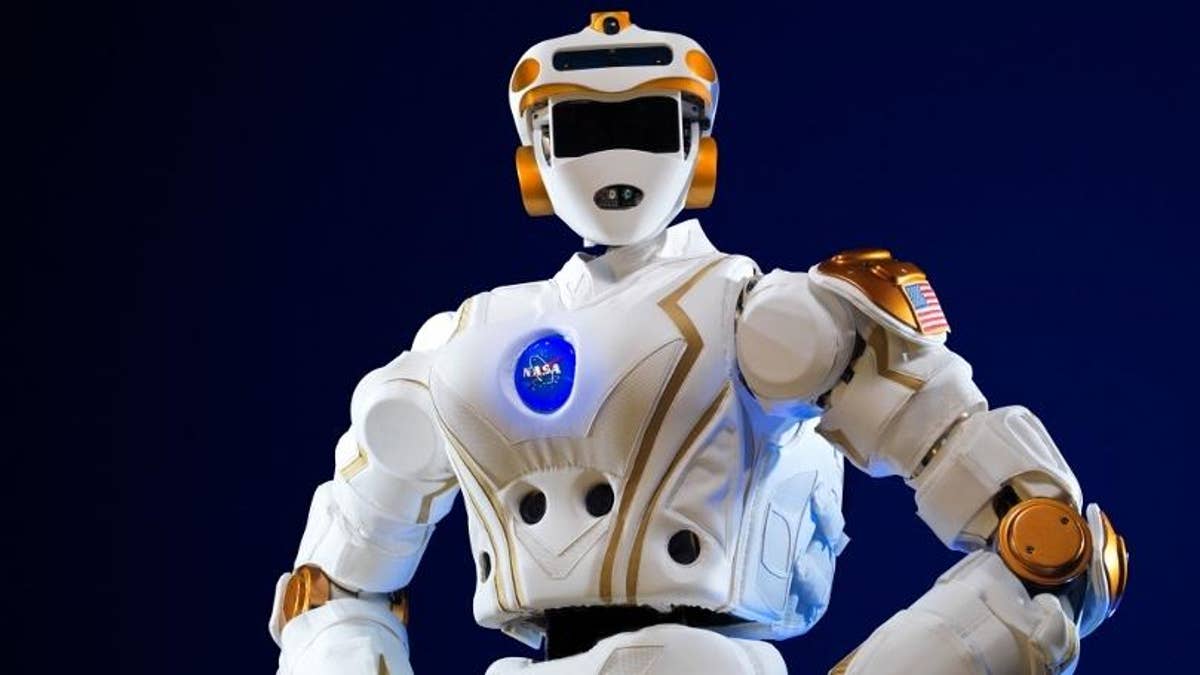
The Space Robotics Challenge offers a $1 million prize purse for teams that successfully program a virtual Robonaut 5 robot through a series of complex tasks in a simulated Mars habitat. (NASA)
Think you have what it takes to build a robot astronaut? NASA could use your help.
The space agency on Tuesday opened registration for a new competition aimed at developing "the capabilities of humanoid robots to help astronauts on the journey to Mars." Teams competing in the Space Robots Challenge must program a virtual robot, modeled after NASA's Robonaut 5 (R5), to complete a series of complex tasks in a simulated Mars environment. Winners will take home $1 million.
The competition will be held in a virtual environment, and each team's R5 will be challenged to resolve the aftermath of a dust storm that has damaged a Martian habitat. Teams will have three objectives: align a communications dish, repair a solar array, and fix a habitat leak. Making things even harder, teams will have to overcome "periods of latency to represent communications delay from Earth to Mars."
Sound interesting? Pre-registration is open already, and a qualifying round is slated to run from mid-September to mid-November. NASA will announce finalists in December and the final virtual competition will take place in June 2017. Winners will be announced at the end of that month.
More From PCmag
NASA hopes the technology developed through this challenge will allow robots to participate in "precursor missions to selected landing sites" on Mars. The robots would arrive "long before astronauts to set up habitats, life support systems, communications and solar apparatuses, and even begin preliminary scientific research," NASA said.
The agency explained that current Earth-based robots that leverage hydraulics technology for dexterity cannot be used in space "because of the below-freezing temperatures and the harsh environment of planetary surfaces." Robonaut 5, on the other hand, uses elastics technology instead of hydraulics so it can operate in space.
"Precise and dexterous robotics, able to work with a communications delay, could be used in spaceflight and ground missions to Mars and elsewhere for hazardous and complicated tasks, which will be crucial to support our astronauts," NASA's Program Manager of centennial challenges Monsi Roman said in a statement. "NASA and our partners are confident the public will rise to this challenge, and are excited to see what innovative technologies will be produced."
This article originally appeared on PCMag.com.
